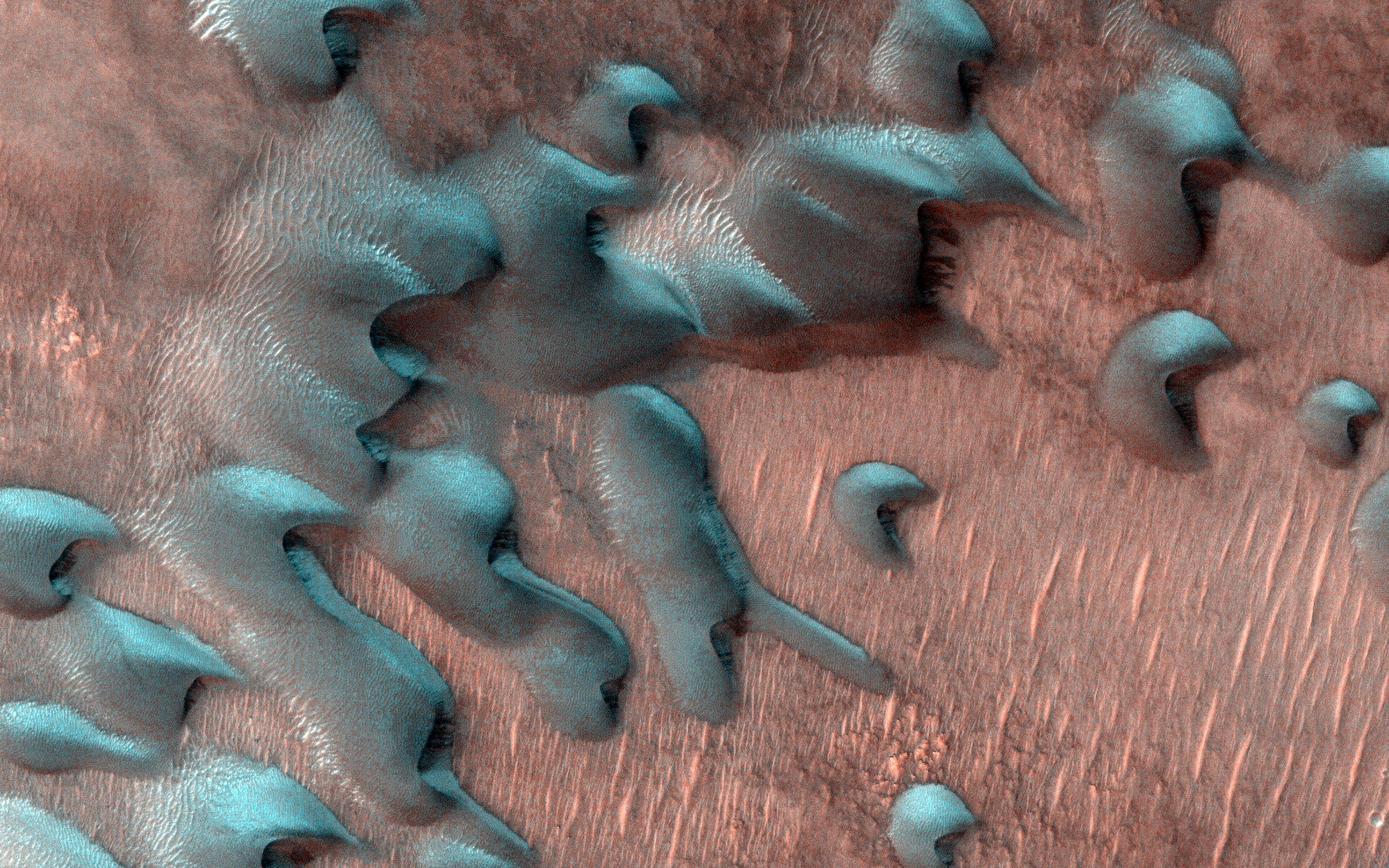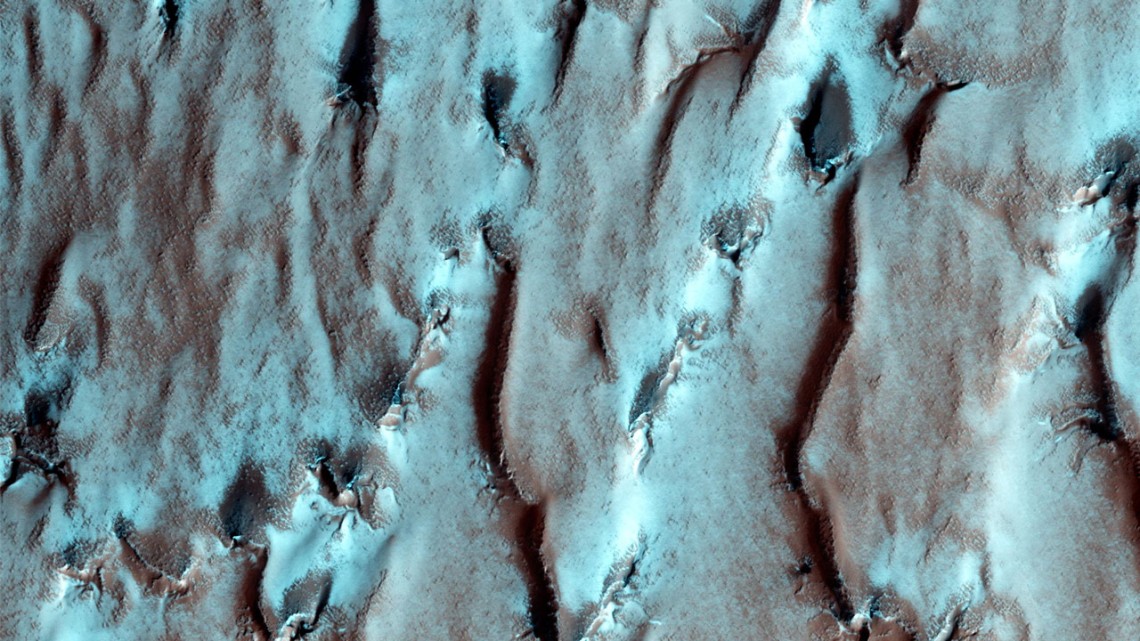
Cube-shaped snow, icy landscapes, and frost are all part of the Red Planet’s coldest season.
When winter comes to Mars, the surface is transformed into a truly otherworldly holiday scene. Snow, ice, and frost accompany the season’s sub-zero temperatures. Some of the coldest of these occur at the planet’s poles, where it gets as low as minus 190 degrees Fahrenheit (minus 123 degrees Celsius).
Cold as it is, don’t expect snow drifts worthy of the Rocky Mountains...
Read More







Recent Comments